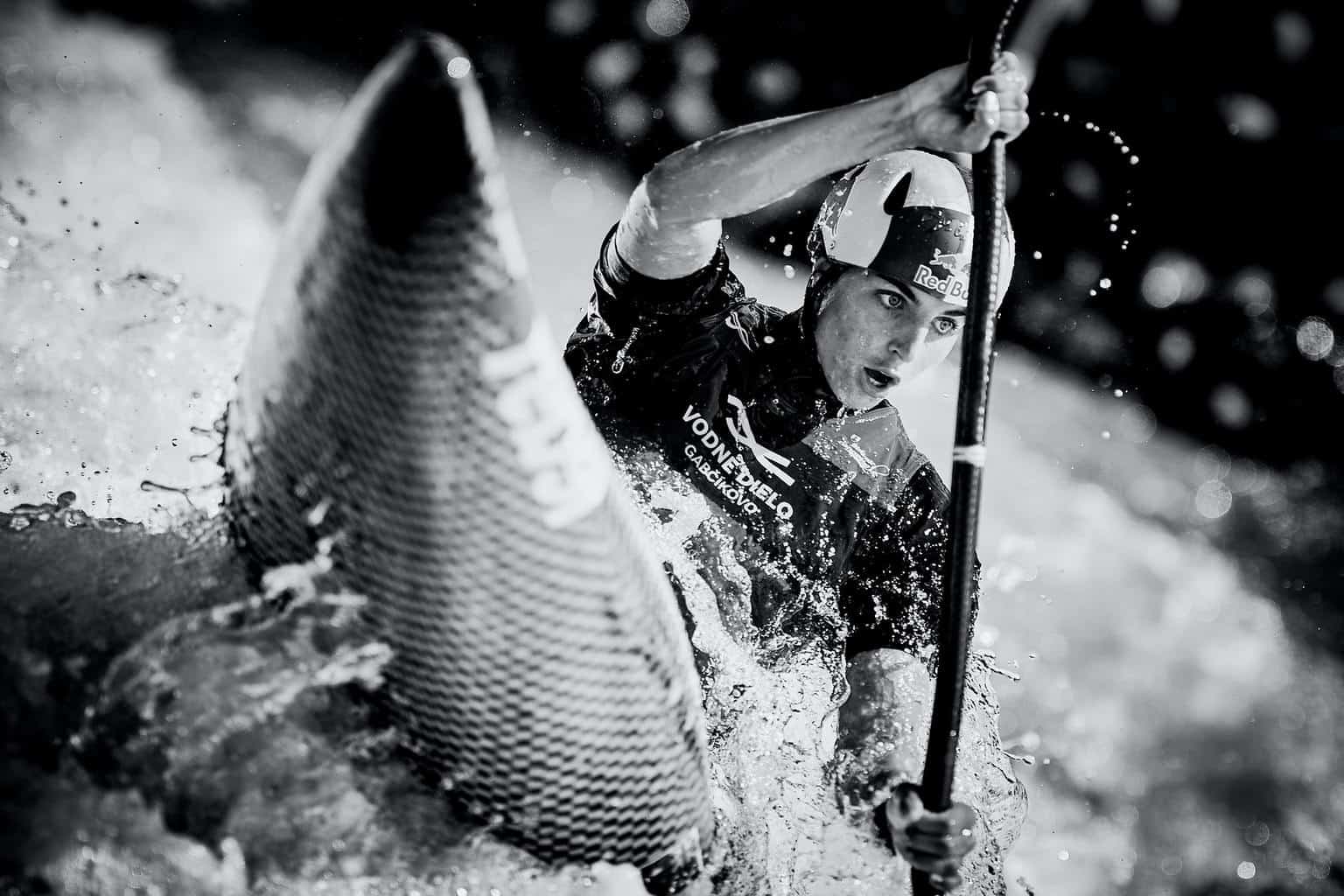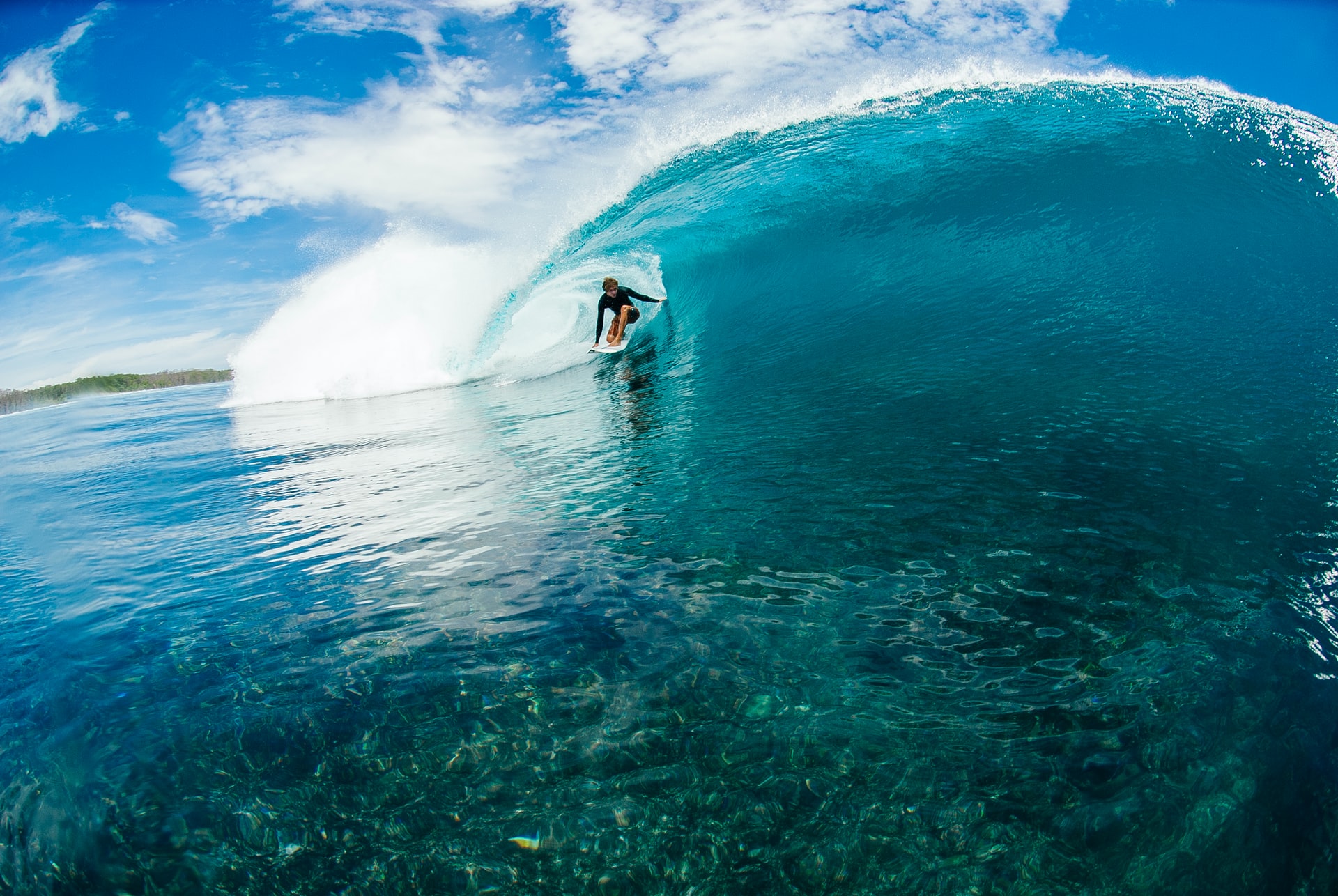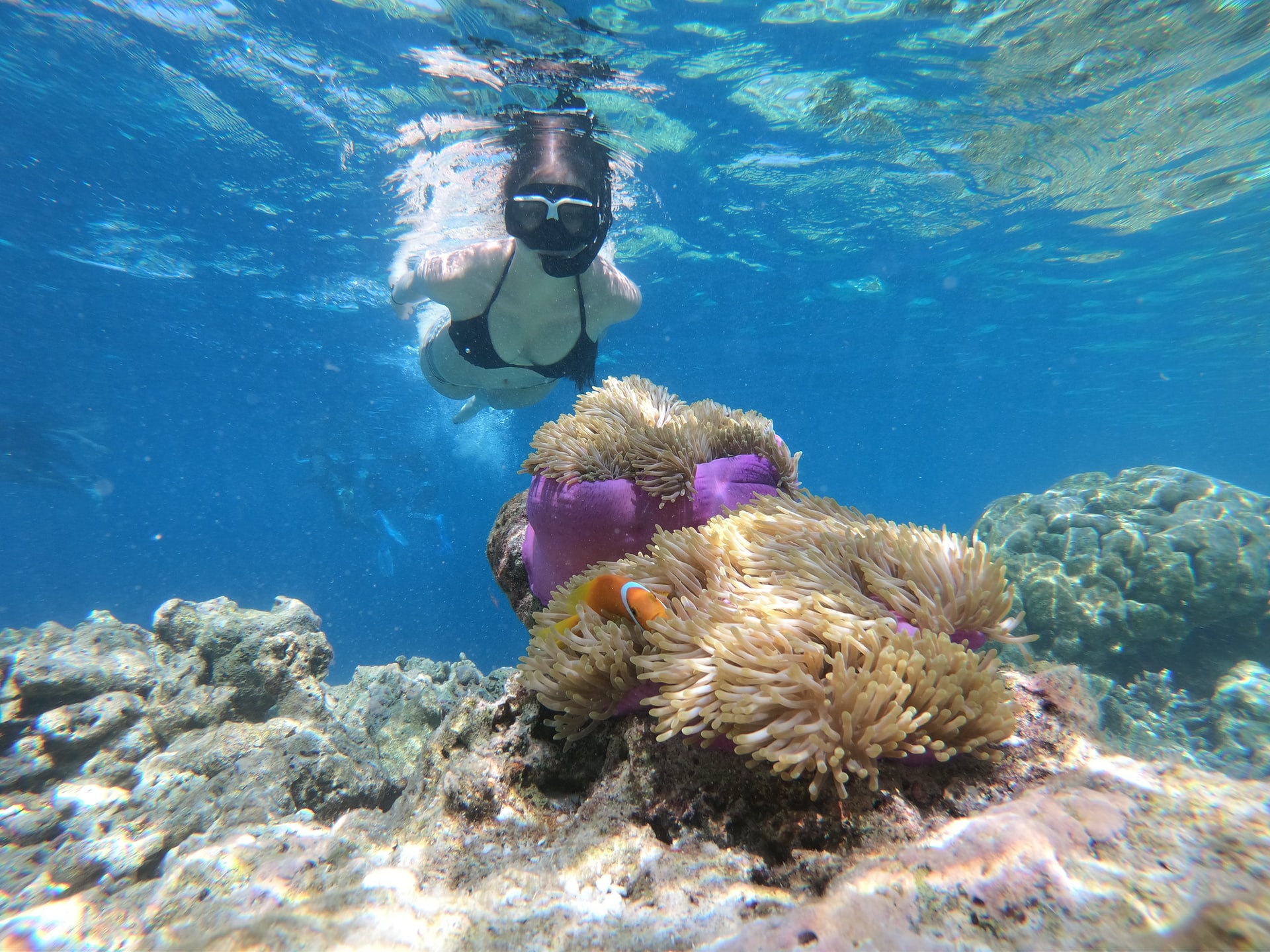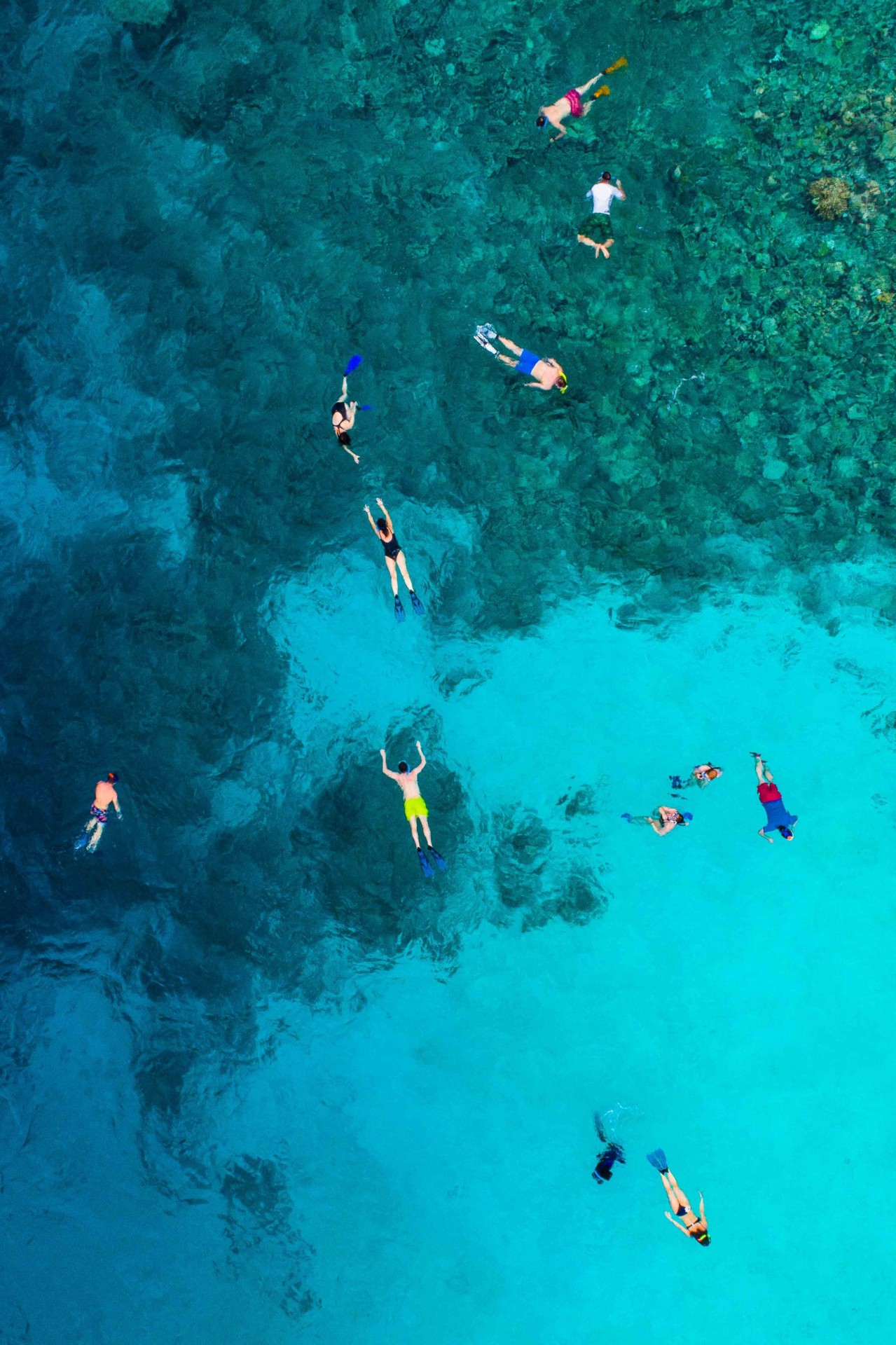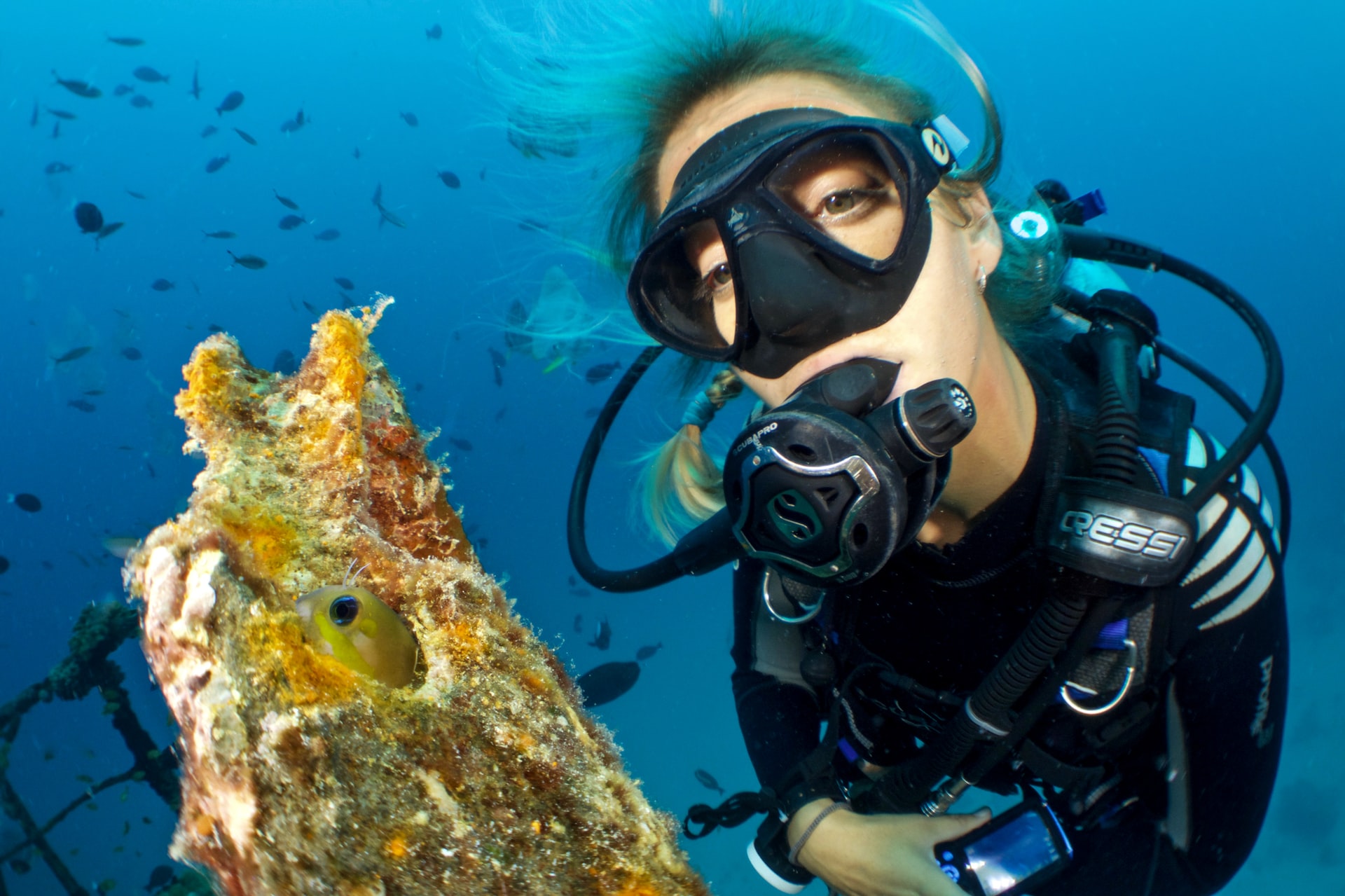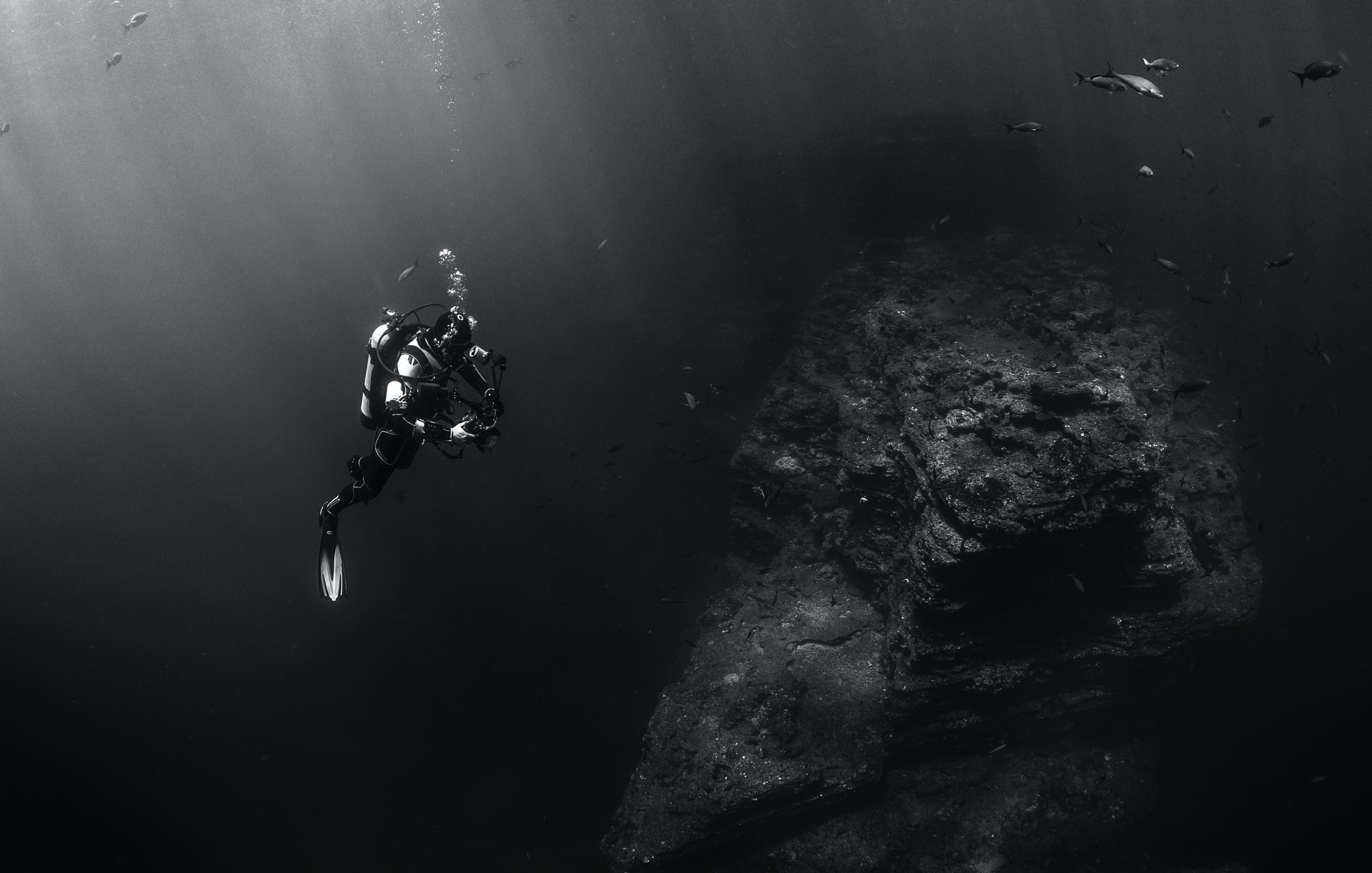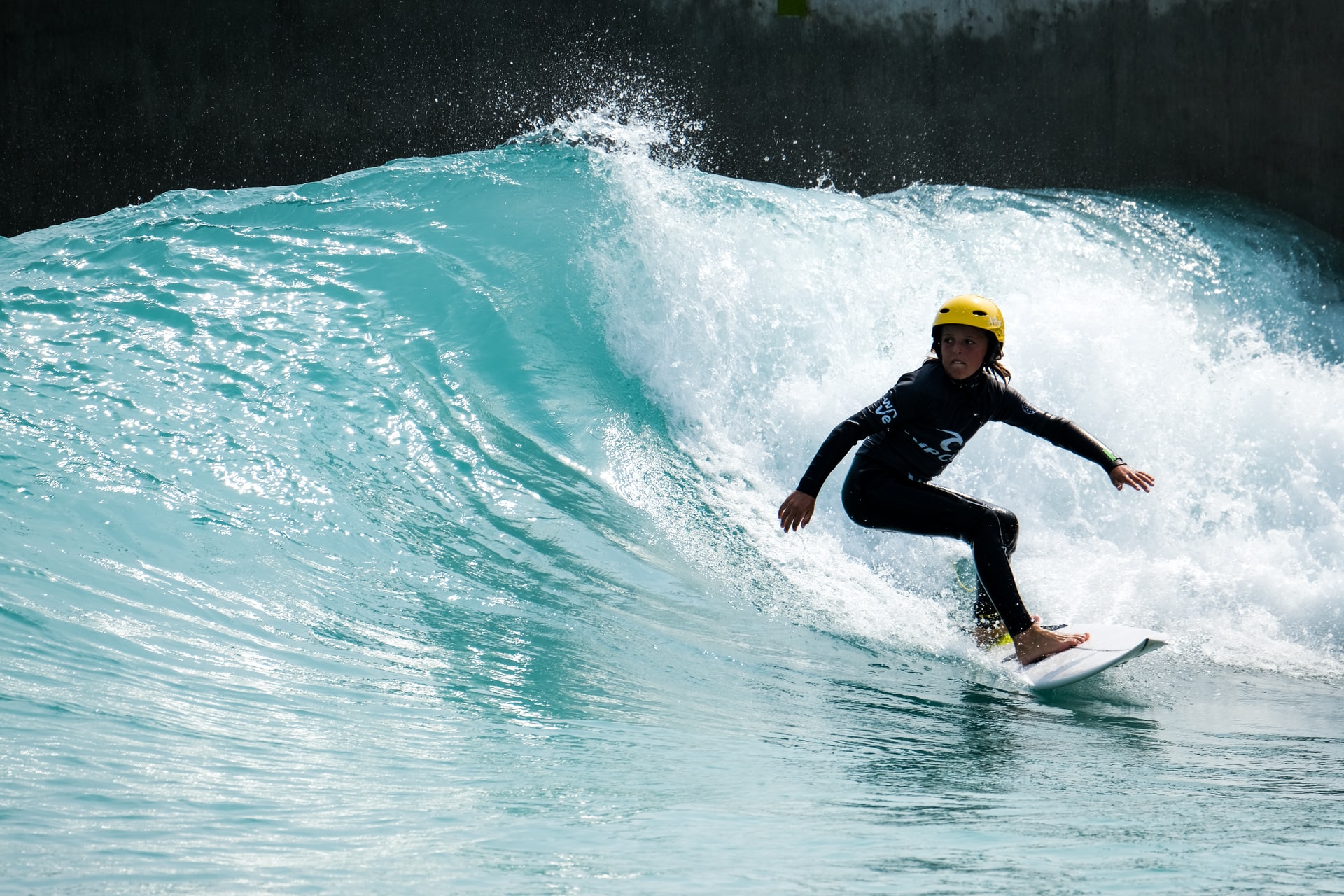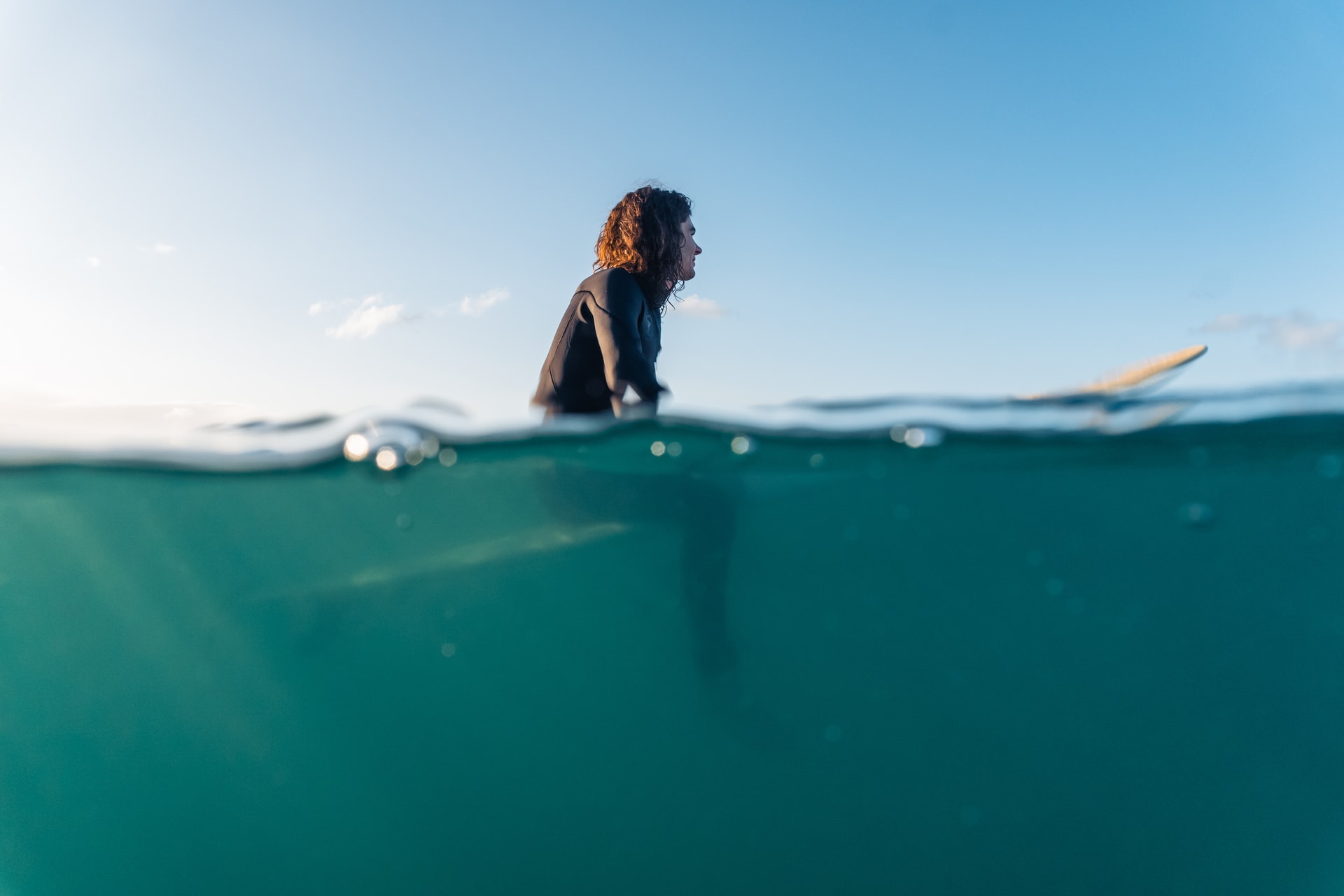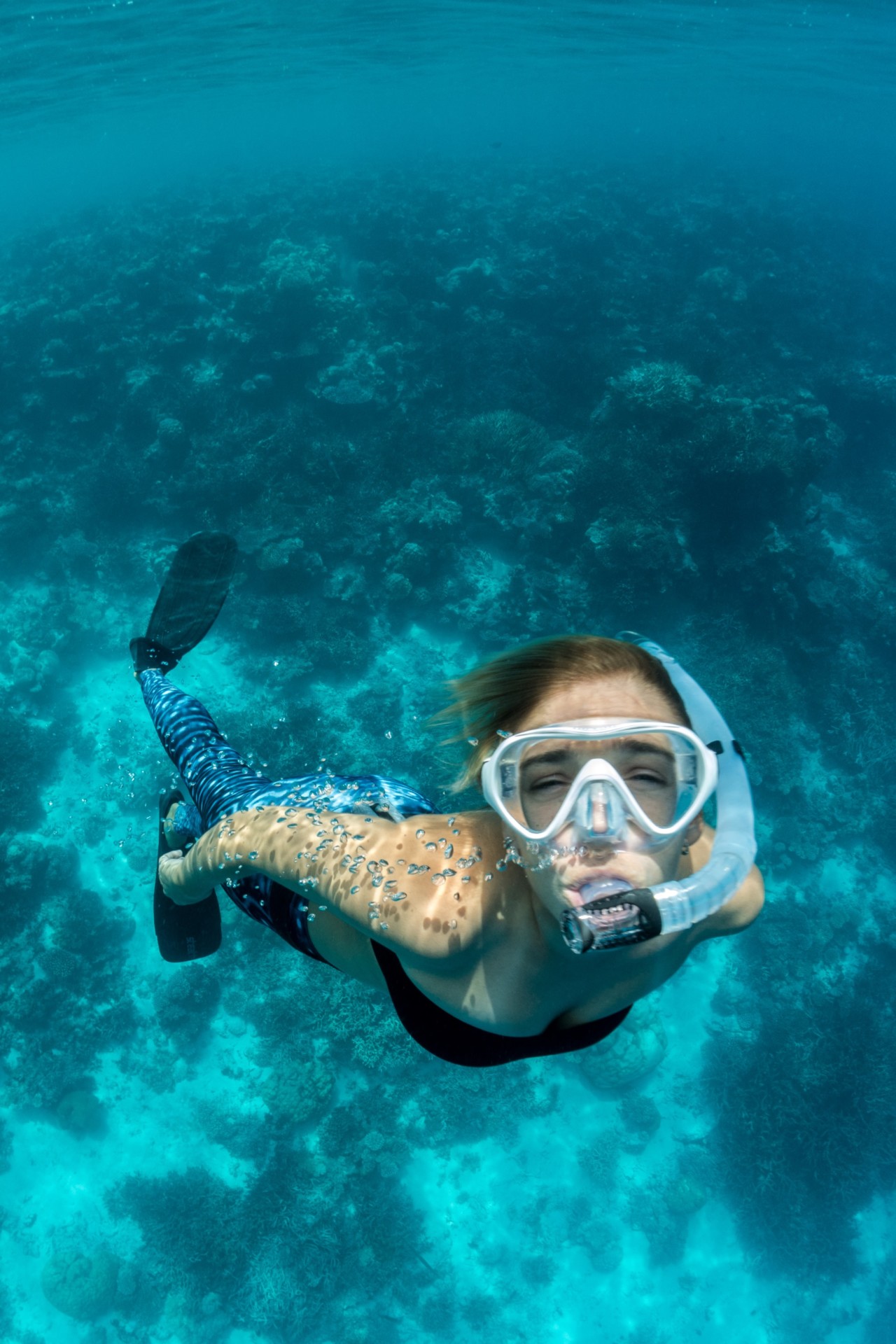Did your last kayaking adventure leave you wondering about the health benefits that you gain on every trip?
The question of whether or not kayaking is more of a cardio or strength training workout is one that paddlers have been asking for years.
New kayakers often discover that they feel definite post-workout muscle soreness, which is a good sign that they got a strength training workout.
You may also notice that you feel out of breath as you paddle. If you take a break to check, then you’ll likely find that you have an increased heart rate, which is a sign of cardio training.
Kayaking can be a strenuous workout that benefits many different parts of your body.
- How Are Cardio and Strength Training Different?
- Is Kayaking a Good Workout?
- What Muscles Will You Strengthen In Your Back?
- Is Kayaking Good for Core Strength?
- Does Kayaking Work Your Abs?
- Will You Strengthen Your Legs?
- Will Kayaking Build Your Stamina?
- Can You Lose Weight by Kayaking?
- How Many Calories Does Kayaking Burn?
- Are Certain Kayaking Styles Better Workouts?
- Is Kayaking a Safe Workout for People With Disabilities?
- How Can You Maximize the Health Benefits of Kayaking?
- Conclusion
- You Might Also Like…
How Are Cardio and Strength Training Different?
Cardio workouts are ones that are designed to increase your heart rate and respiration. Jogging is a common form of cardio exercise that you can enjoy on land, and kayaking also helps to get your heart rate up.
Strength training involves exercises that build up your muscles. Although lifting weights and other forms of strength training can get your heart rate up, they are typically done for shorter periods of time.
Kayaking does work out your muscles, which means that you get to combine cardio and strength training during your adventures.
Depending upon where and how you kayak, your trips could serve as a form of interval training. Kayaking often requires periods of intense paddling followed by short breaks.
This work hard and recover pattern challenges your muscles in different ways than sustained activity.
Is Kayaking a Good Workout?
Most kayakers find that even an hour of paddling is enough to feel like a good workout.
In fact, one of the first rules of thumb to follow for kayaking is to be careful about how far you paddle out until you know your limits.
This is because people often head out paddling without realizing how strenuous the motions are to move the boat through the water.
It is far too easy to get halfway out onto the water and realize that your muscles are already tiring out.
What Muscles Will You Strengthen In Your Back?
The most obvious area of your body where the strength training benefits of kayaking appear is in your shoulders and your back.
Here, there are multiple muscles that all work together to create the rowing motion that you need to maneuver your boat.
Kayaking works your upper and lower trapezius muscles along with your rhomboids. In your shoulders, you’ll feel the burn in your deltoids with each rhythmic movement of the paddles.
Since paddling requires you to contract and release these muscles over and over again, it doesn’t take long to build up strength.
Even holding the weight of the paddle serves as a form of strength training for your back.
Is Kayaking Good for Core Strength?
A strong core helps to prevent back pain, and you’ll need a sturdy core to sit upright in the kayak and turn your torso while you paddle.
The oblique muscles run along the sides of your trunk, and the constant rotations back and for help to increase strength in your core.
Good core strength is critical for preventing capsizing, and it gives stability to the spine that improves posture.
Does Kayaking Work Your Abs?
Those frequent rotations you make while paddling serve as mini crunches for your abdominal muscles.
You also make small contractions of your abs when you are trying to balance your kayak, and these further tone your muscles.
Will You Strengthen Your Legs?
Kayaking is often viewed mostly as an upper body exercise, and the truth is that you will work your back and abs far more than your legs.
However, maintaining good posture in the kayak means that you will actively use your legs as you paddle through the water.
Turning and balancing the kayak requires you to apply pressure to the pegs with your legs. This serves as a form of isometric exercise, which involves contracting your leg muscles.
Isometric exercises are excellent for maintaining your leg strength. If you kayak often enough or for long distances, this can build up the muscles in your legs.
Will Kayaking Build Your Stamina?
For the highest level of cardio benefits, you should aim to keep your heart rate within its target range for at least 20 to 60 minutes.
This is easily achieved during kayaking trips that require you to continuously paddle.
Kayaking at a brisk pace strengthens your heart and builds your respiratory system. Stronger muscles require you to use less effort to move the paddles.
Over time, you will notice that you can paddle further and longer than you did in the past.
Can You Lose Weight by Kayaking?
Weight loss is achieved by using more calories than you take into your body. This is called a calorie deficit.
Since kayaking is a form of cardio exercise, it is possible for you to lose weight from enjoying your favorite watersport.
Kayaking for weight loss should be combined with other healthy lifestyle strategies. Sticking to a healthy diet helps you to avoid adding calories that you burned while paddling.
You may also need to supplement with other forms of exercise if you do not kayak every day.
If you are trying to lose weight, then it is best to aim for at least three hours of exercise a week. Kayaking for an hour or two can easily help you to hit that goal.
How Many Calories Does Kayaking Burn?
The number of calories that are burned during exercise differ for everyone.
Your age, gender, height and weight all play a role in how much energy your body has to expend to balance the boat and move the paddles.
Your fitness level also impacts how many calories you burn. Having higher muscle mass helps you burn calories.
This is another reason why the strength building benefits of kayaking are so crucial for your health.
On average, kayaking can burn up to 500 calories an hour. Considering that it takes about 3,500 calories burned to equal a pound of fat, it is easy to see how this is an efficient form of exercise for weight management.
Calorie calculators can help you figure out how many you will burn as you go kayaking.
Are Certain Kayaking Styles Better Workouts?
There’s a definite difference in how much you will workout during specific types of adventures.
Sea kayaking requires you to pump your arms harder to push against the choppy waters.
This has the effect of pushing your heart rate up. Long distance kayaking also keeps your heart rate up for longer so that you achieve more of a workout.
Whitewater kayaking has similar effects compared to paddling out at sea. You should feel yourself working hard enough during these trips that you might feel out of breath or unable to speak easily.
Recreational kayaking is still a good workout, but the amount of calories that you burn and muscle that you build depends upon the water conditions and length of your journey.
Fishing from your kayak tends to give you the least amount of a workout. Although you’ll burn calories getting out to your fishing spot, sitting for long periods of time brings your heart rate down.
Is Kayaking a Safe Workout for People With Disabilities?
One of the wonderful things about kayaking is that it is a sport that just about anyone can do.
People with disabilities that generate chronic pain find that it is a lower impact form of exercise compared to running or lifting weights.
There are also many ways to modify a kayak or the paddles for people with disabilities.
Adding adaptive equipment such as mount supported paddles or special seats makes it possible to enjoy the cardiovascular and strength benefits without generating unnecessary strain on the body.
How Can You Maximize the Health Benefits of Kayaking?
Kayaking is so enjoyable that you likely won’t even think about it as a form of exercise. Yet, there are things that you can do to increase the benefits that you enjoy for your health.
Once you’re comfortable on your kayak, try going on longer or more challenging adventures.
Try combining your kayak trips with hikes around islands and shore areas that you kayak to on the water.
Keeping proper posture as you paddle ensures that you continue to work out the muscles that you intend to during your kayaking trip without causing an injury.
You can also boost your fitness level by doing exercises that build your back and core strength on your non-kayaking days:
Knowing that it will improve your paddling technique serves as motivation for sticking to your fitness regimen.
Conclusion
The level of health benefits that you receive from kayaking is completely up to you.
Kayaking is almost always a combination of both cardio and strength workout, with the emphasis shifting more from one to the other depending on how and where you paddle.
Taking longer trips helps to build your cardiovascular system, and paddling your way through rough waters requires your muscles to work harder.
While you should still combine kayaking with other forms of exercise, you’ll start to notice that you build stronger muscles and greater endurance with each new adventure.
You Might Also Like…
-
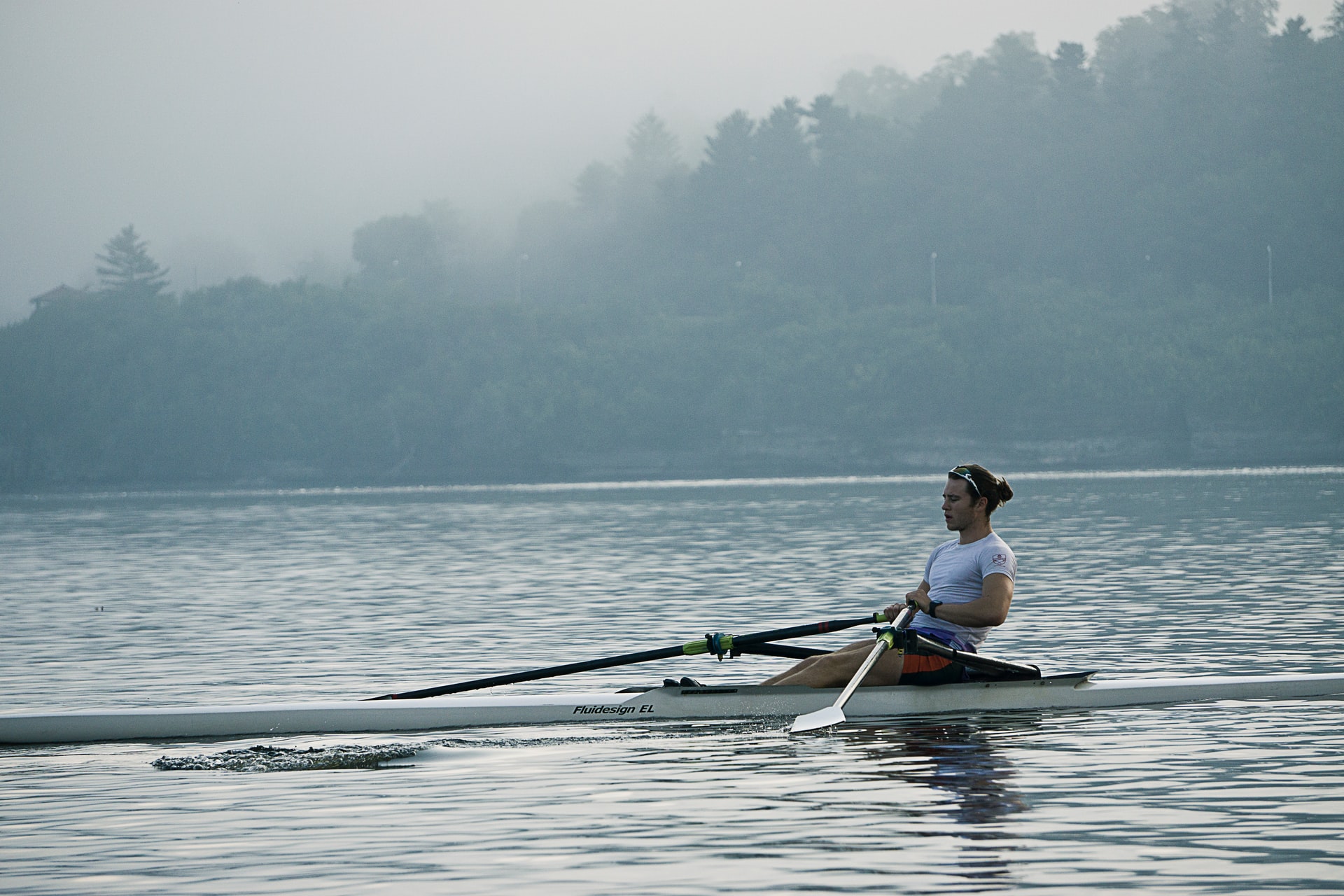
Kayaking Vs. Rowing: What’s the Difference? (8 Key Differences)
-

When Is It Too Windy for Kayaking? (Crucial Facts You Should Know)
-

When to Go Kayaking? (What Every Kayaker Should Know)
-

Will I Get Wet Kayaking? (Common Reasons & How to Stay Dry)
-

Should I Bring My Phone Kayaking? (7 Good Reasons)
-
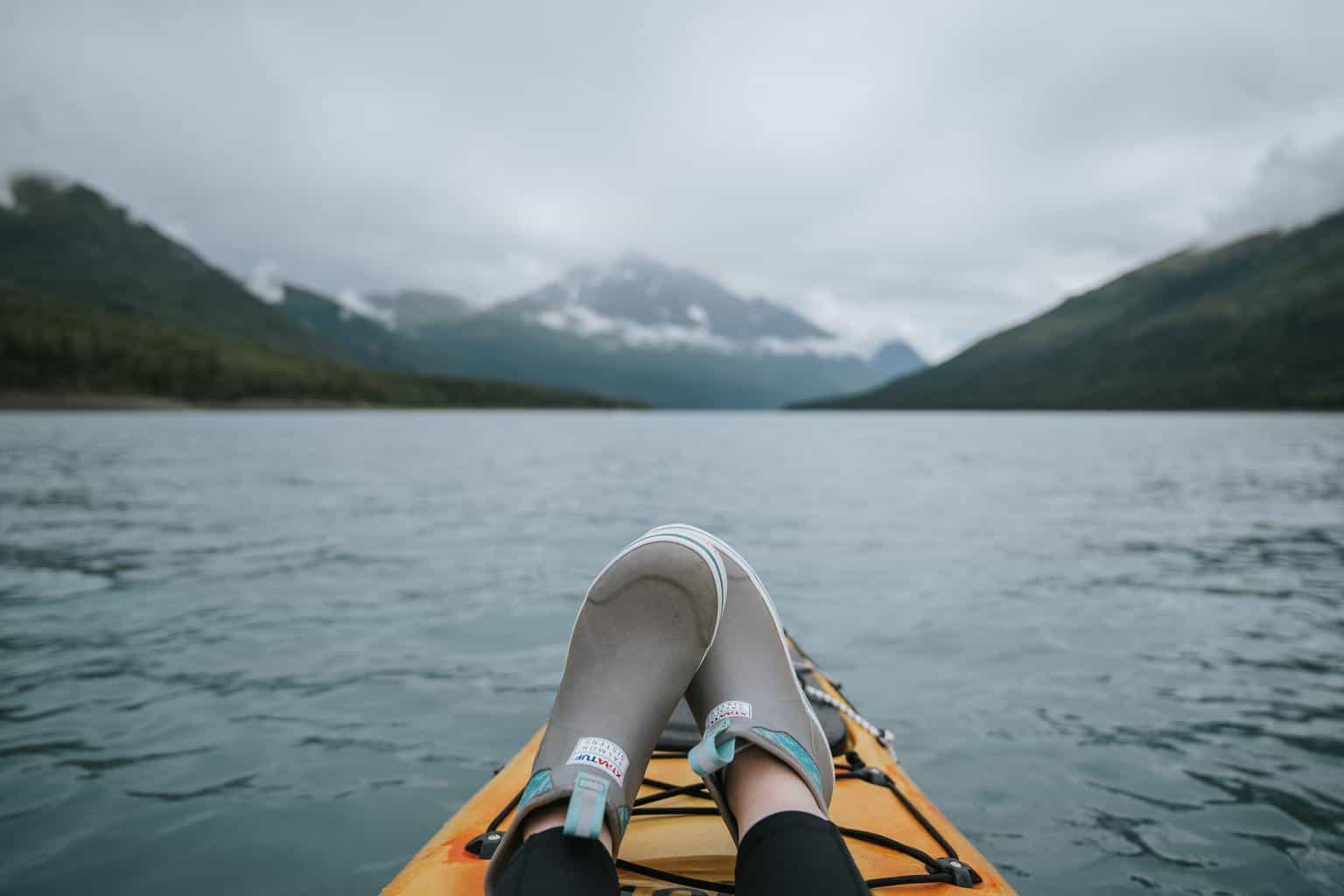
What Shoes to Wear Kayaking? (+ the Best Shoes for Your Needs)
-

Can Kayaking Cause Chest Pain? (What Every Kayaker Should Know)
-

Can I Go Kayaking With a New Tattoo? (Facts You Should Know)
-

Can You Go Kayaking On Your Period? (+Practical Tips)
-
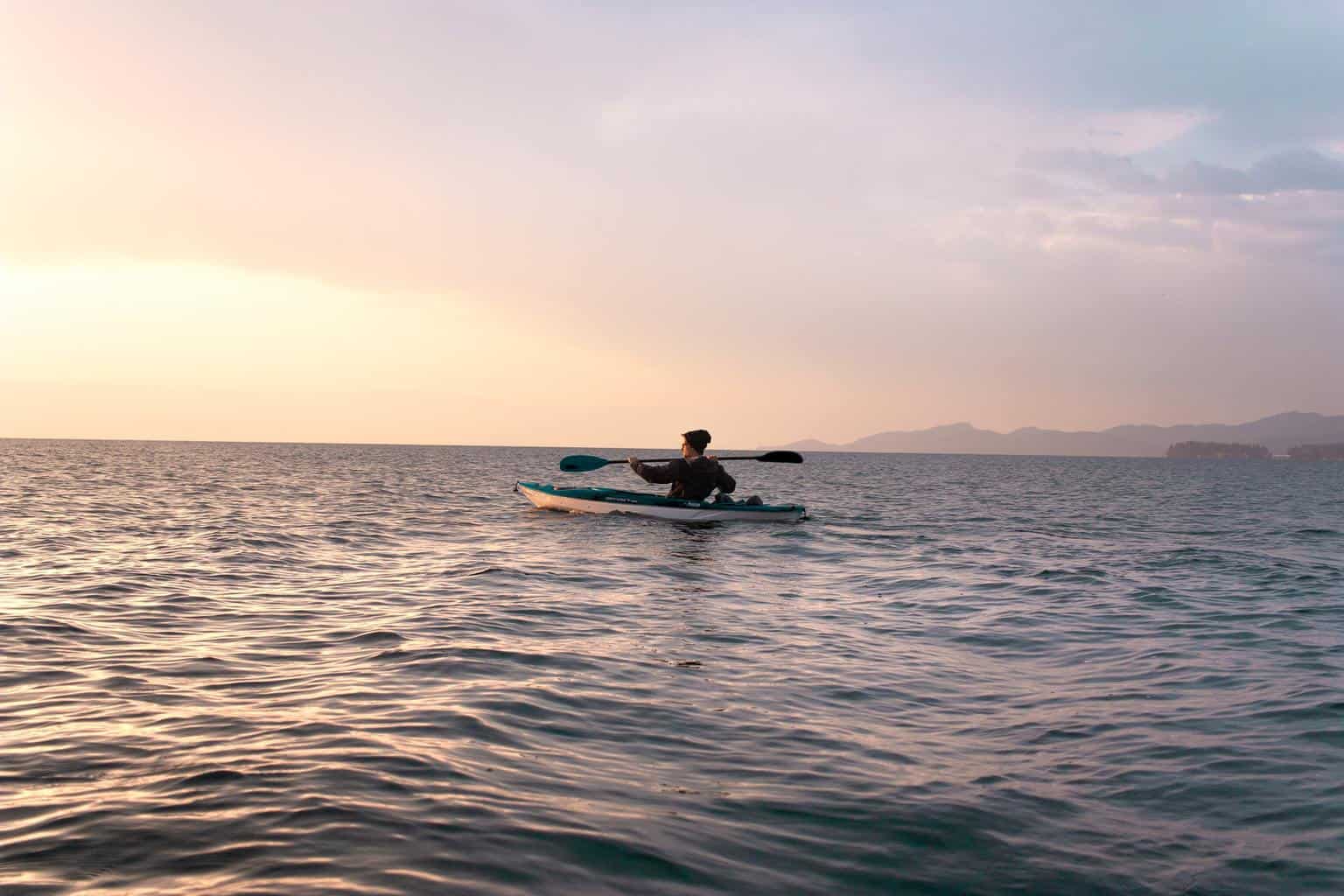
Can Kayaking Cause Hemorrhoids? (What Every Kayaker Should Know)
-
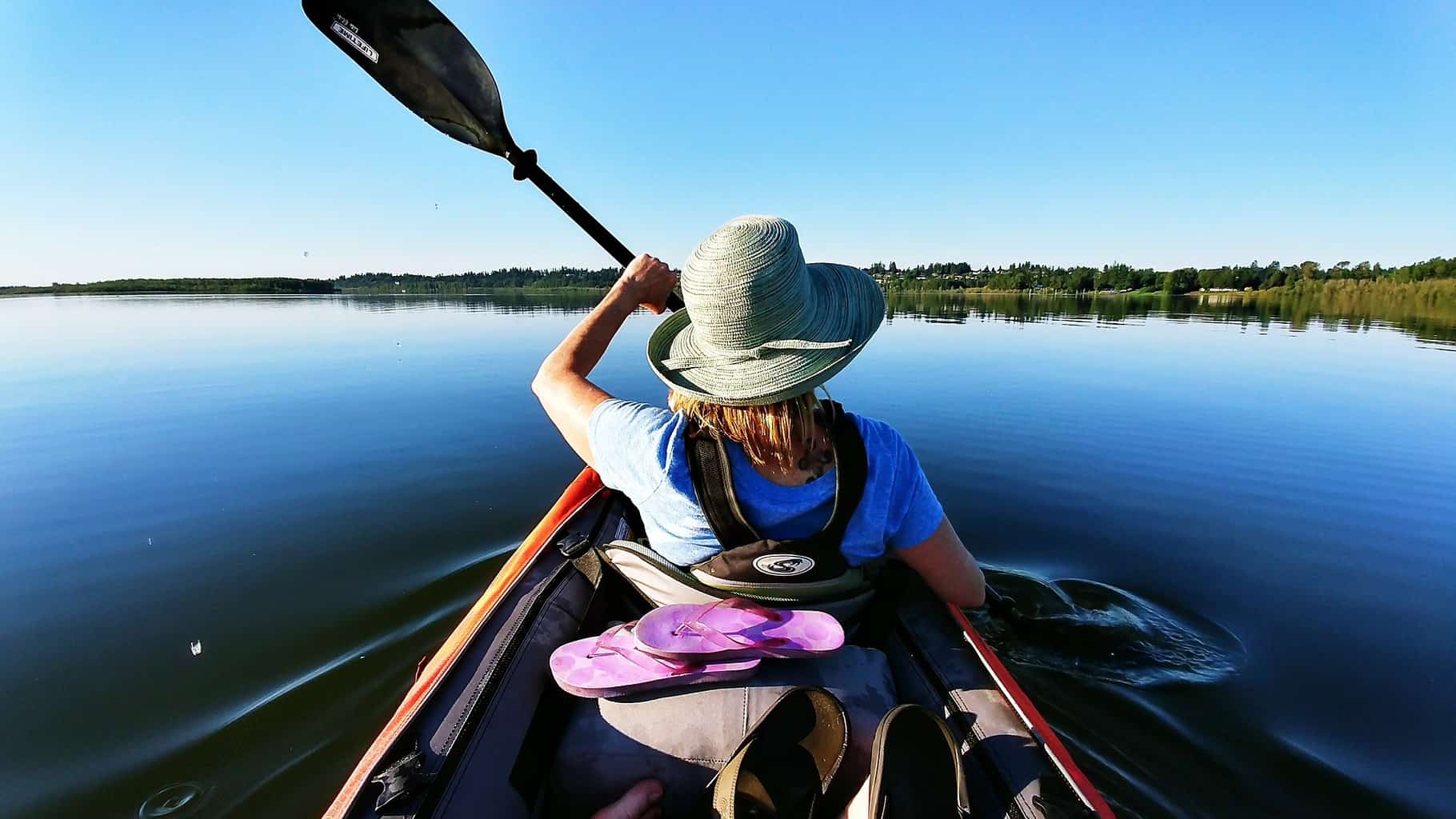
Can Kayaking Cause Tennis Elbow? (+8 Simple Tips to Avoid It)
-
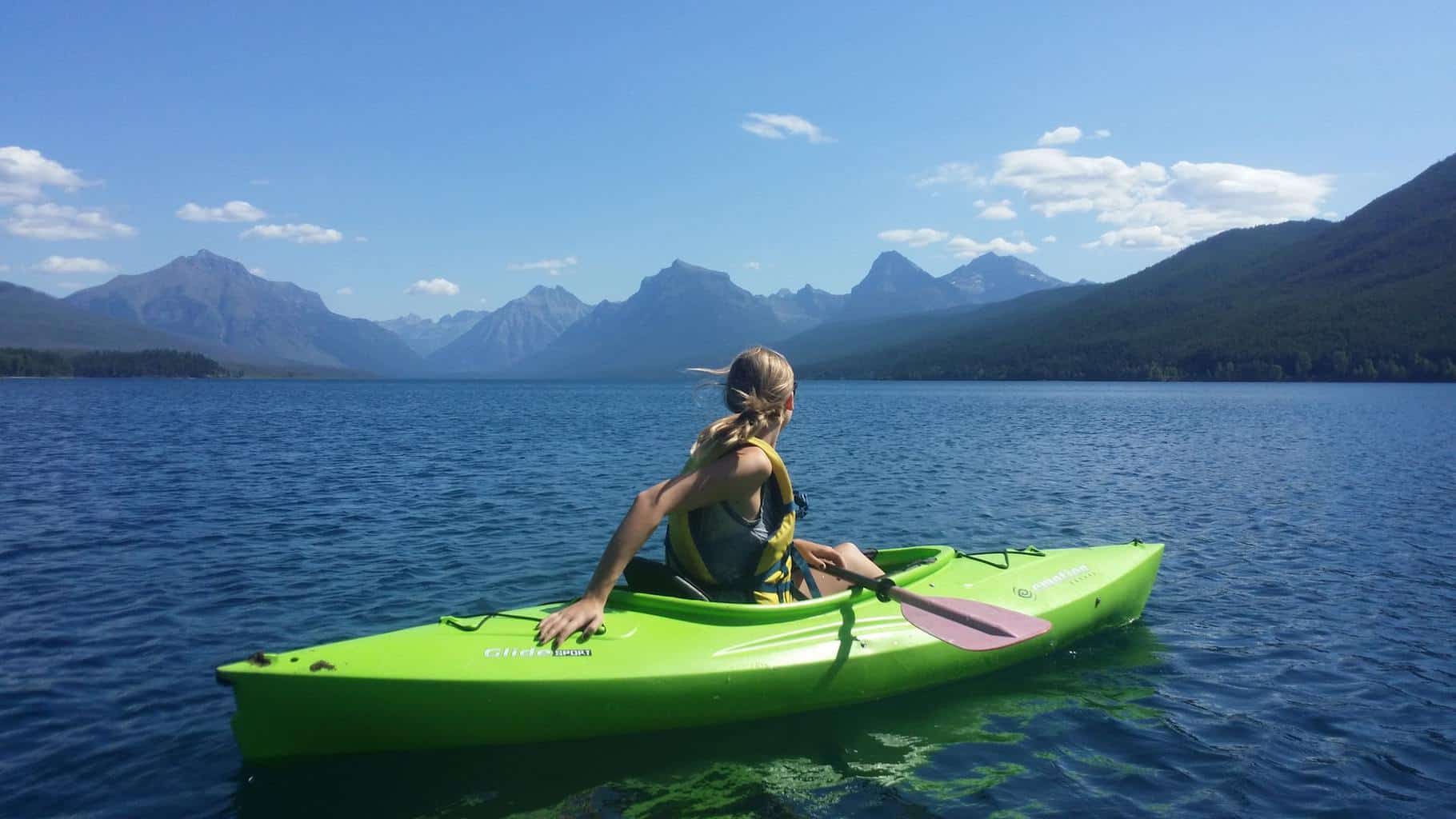
Can Kayaking Cause Sciatica? (+7 Tips to Avoid It)

